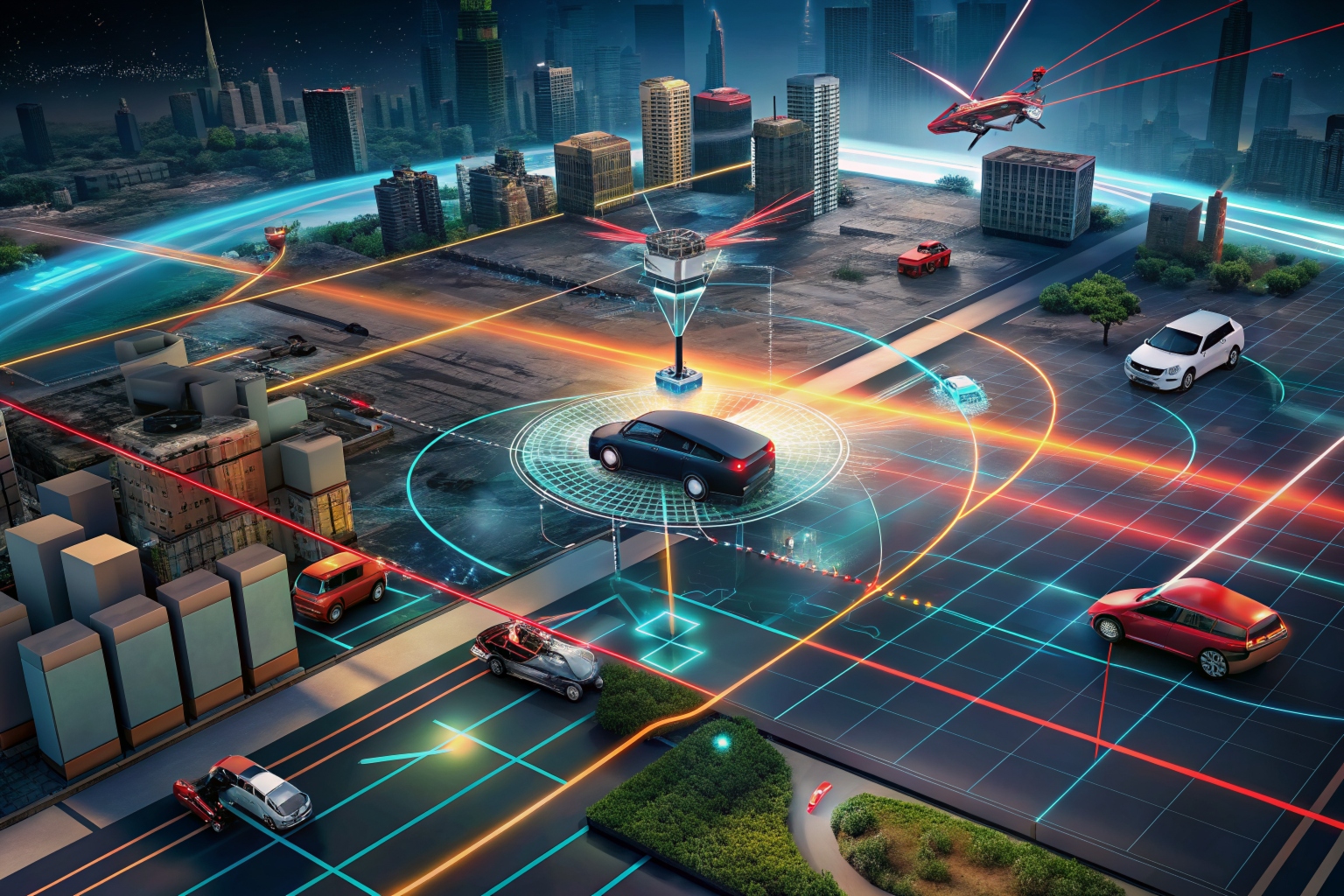Point cloud processing has emerged as a critical field within computer vision and machine learning, especially with the advent of deep learning techniques. A point cloud is a set of data points in space, representing a 3D shape or object. The applications of point cloud processing are vast, ranging from autonomous driving and robotics to cultural heritage preservation and urban planning. Despite its potential, point cloud processing faces unique challenges, primarily due to the inherent properties of point clouds, such as irregular format, high dimensionality, and noise. However, these challenges also present opportunities for innovation and advancement in deep learning techniques.
This is the fourth part of the Point Cloud Fundamentals topic in Deep Learning Techniques in Point Clouds Series. See Understanding the Nature of Point Cloud Data, Data Acquisition Methods for Point Clouds, and Role of SLAM Algorithm in LiDAR for other parts of this topic!
Challenges in Point Cloud Processing
Data Sparsity and Irregularity
Unlike images, which are represented in a regular grid format, point clouds are unordered and irregularly spaced. This sparsity and irregularity pose significant challenges in applying conventional deep learning models, which typically assume regular input data structures.
Scalability and Computational Efficiency
Point clouds can consist of millions of points, making scalability a critical issue. Processing such large volumes of data requires significant computational resources, making efficiency a paramount concern, especially for real-time applications like autonomous driving.
Noise and Outliers
Point clouds often contain noise and outliers due to the data acquisition process (e.g., via LiDAR or photogrammetry). Cleaning and preprocessing these data to remove such inaccuracies can be challenging and computationally intensive.
Heterogeneity and Complexity of Data Sources
Point clouds can be generated from a variety of sources, including LiDAR sensors, photogrammetry from drone-captured images, and 3D scanners. Each of them has its characteristics, such as resolution, accuracy, and the type of noise introduced. This heterogeneity adds a layer of complexity to the preprocessing and analysis of point clouds, requiring adaptable and sophisticated methods to handle data from diverse origins effectively.
Opportunities in Point Cloud Processing
Advancements in Deep Learning Architectures
The unique challenges of point cloud processing have spurred the development of specialized deep learning architectures. PointNet and its successors, for example, have demonstrated the ability to directly process raw point clouds by learning spatial hierarchies, showing promise in overcoming data irregularity and sparsity.
Integration with Multi-modal Data
Combining point clouds with other data types, such as images or depth maps, presents opportunities for richer data representations and more robust learning models. This multi-modal approach can enhance the model’s understanding of complex environments and objects.
Real-world Applications and Societal Impact
The advancements in point cloud processing have direct implications for various applications, from enhancing virtual reality experiences to enabling more accurate environmental monitoring. The potential for societal impact, particularly in safety-critical applications like autonomous navigation and disaster response, is significant.
Future Directions
The future of point cloud processing in the realm of deep learning is vibrant and full of potential. Continued research is essential in developing more efficient, scalable, and robust models that can handle the complexities of point cloud data. Furthermore, the exploration of unsupervised and semi-supervised learning methods could unlock new possibilities in how we process and interpret point cloud data, paving the way for groundbreaking applications that we have yet to imagine.
Summary
Point cloud processing, buoyed by deep learning techniques, stands at the forefront of 3D data analysis and interpretation. While the challenges are significant, ranging from data irregularity to computational demands, the opportunities for innovation and societal impact are vast. As we continue to advance in this field, the potential to transform industries and enhance human experiences through deeper understanding and manipulation of 3D spaces becomes increasingly tangible.
